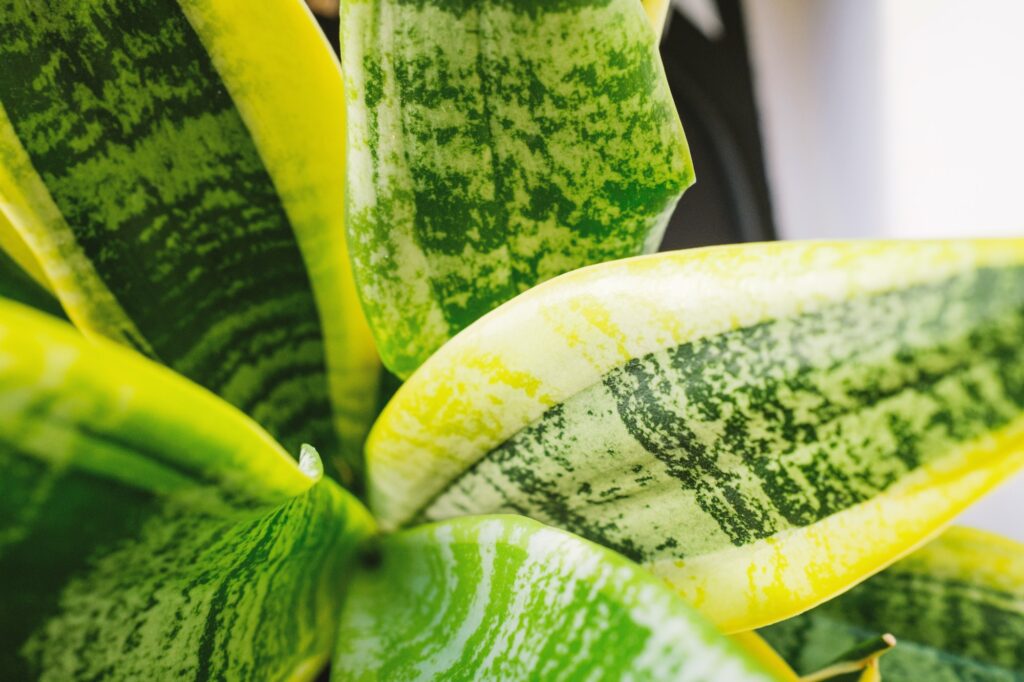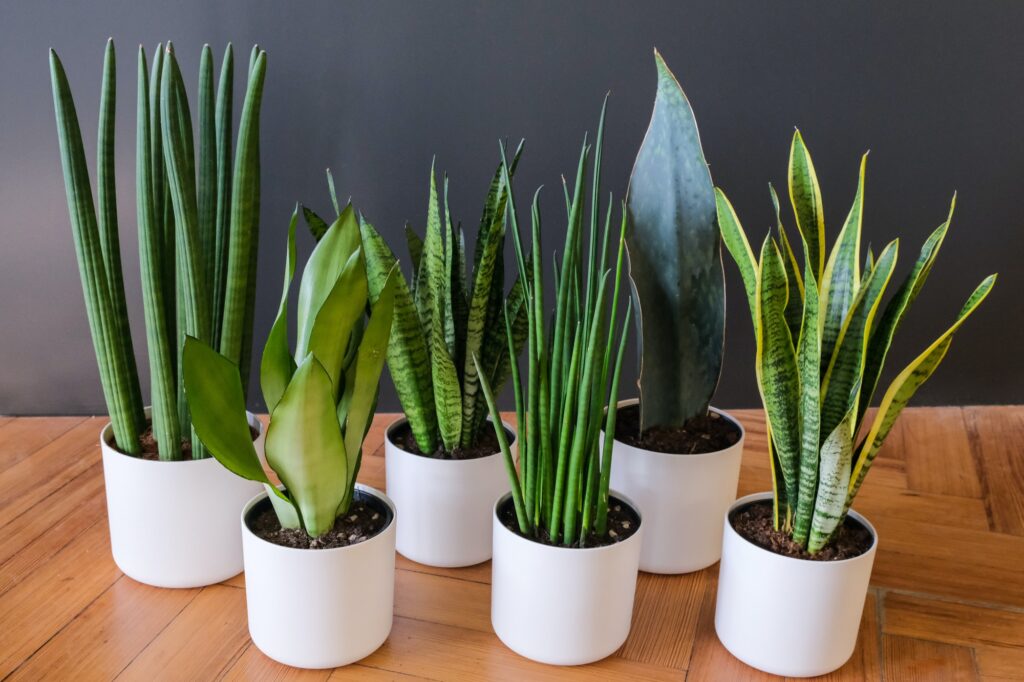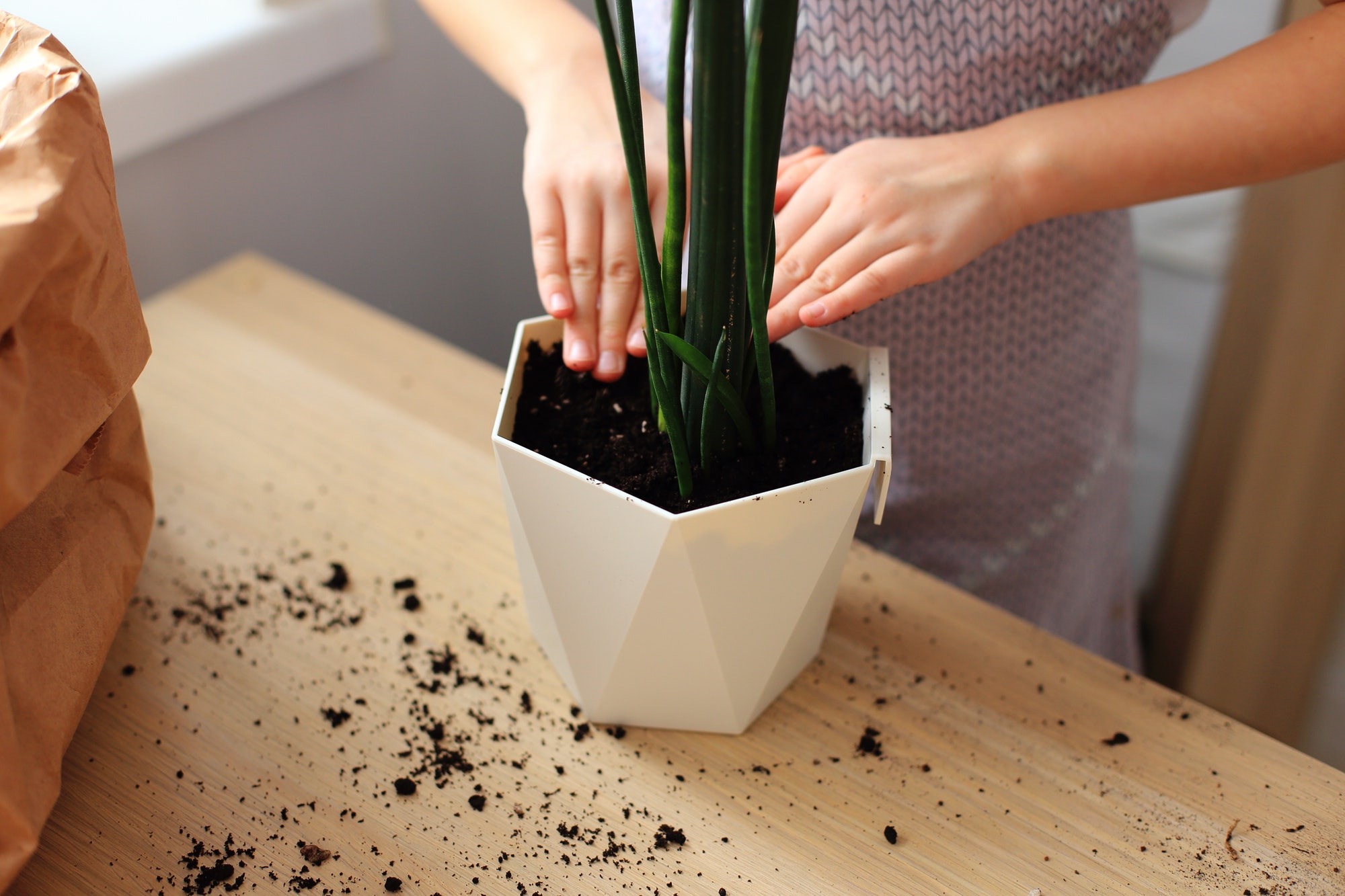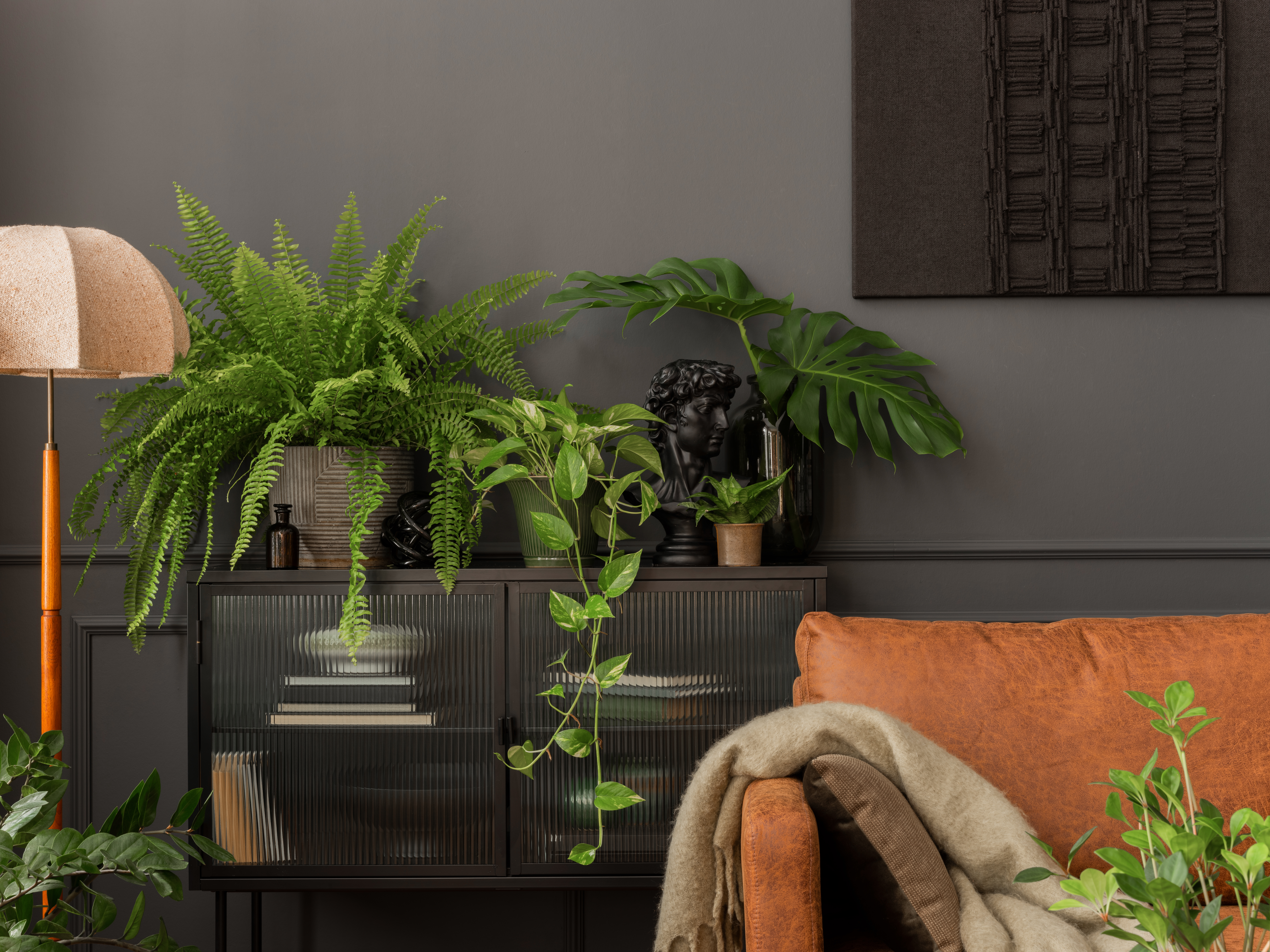Heya Plant Rockstars… the Sansevieria, also known as the snake plant or mother-in-law’s tongue, a resilient and striking addition to any indoor garden. These hardy beauties are not just about their striking appearance; they’re a symbol of endurance and growth, quite literally. If you’ve been pondering over how to expand your green family without running to the store, propagating a Sansevieria might just be your next adventure. Let’s dive into the art of propagation, a tale filled with patience, a sprinkle of effort, and the joy of watching something new unfold from the old.
The Basics of Sanseveria Propagation
Sansevieria propagation is a journey that can be embarked upon through several routes: division, leaf cuttings in soil, or water propagation. Each method has its charm, and choosing one depends on your preference or the resources at hand. So, grab your gardening gloves, and let’s get to it!

Method 1: Division
Dividing your Sansevieria is akin to helping your plant family grow while maintaining its lineage. It’s simple:
- Gently Remove the Plant: Ease your Sansevieria out of its pot, being careful not to damage the roots.
- Identify the Divisions: Look for natural separations or clusters of leaves with their own root system.
- Separate with Care: Using a clean, sharp knife, cut through the roots to separate the divisions, ensuring each new plant has a good chunk of roots.
- Pot Them Up: Plant each division in fresh potting soil, ideally in a pot with drainage holes to prevent waterlogging.
Method 2: Leaf Cuttings in Soil
Propagating Sansevieria through leaf cuttings in soil feels a bit like magic. You take a piece of a plant, stick it in the soil, and watch as it transforms into a new plant. Here’s how to conjure up new snake plants:
- Cut a Leaf: Choose a healthy, mature leaf. Cut it into sections, each about 2-3 inches long. Remember, the cut should be clean and straight.
- Dry the Cuttings: Let the cuttings callous over for a day or two to prevent rot.
- Plant the Cuttings: Insert the cut end into moist potting soil. Make sure it’s the right way up – the end that was nearest the base of the plant goes into the soil.
- Patience is Key: Keep the soil lightly moist and wait. It might take a few weeks, but you’ll eventually see roots and then new growth.

Method 3: Water Propagation
For those who love a visual on the progress of their propagation efforts, water propagation is your go-to. It’s straightforward:
- Prepare Your Cuttings: Similar to soil propagation, cut a leaf into segments.
- Water Time: Place the cuttings in a glass or jar of water. Only the bottom part of the cutting should be submerged.
- The Waiting Game: Change the water weekly to keep it fresh. Roots should begin to appear in about a month, followed by new growth.
- Transition to Soil: Once the roots are a few inches long, you can plant the cuttings in soil.
Tips for Success
- Light: Sansevieria prefers indirect sunlight. Too much direct sun can scorch the leaves, while too little can slow growth.
- Water: Be cautious with watering. These plants thrive on neglect rather than over-care. Allow the soil to dry out between waterings.
- Patience: Propagation is not a race. Give your plant time to adapt and grow.
Propagating a Sansevieria is not just about creating new plants; it’s about sharing and continuing a story. Each new plant is a testament to your care and dedication. So, as you embark on this propagation journey, remember that with each new shoot, you’re not just growing plants, but nurturing a greener, more connected world. Happy propagating!






